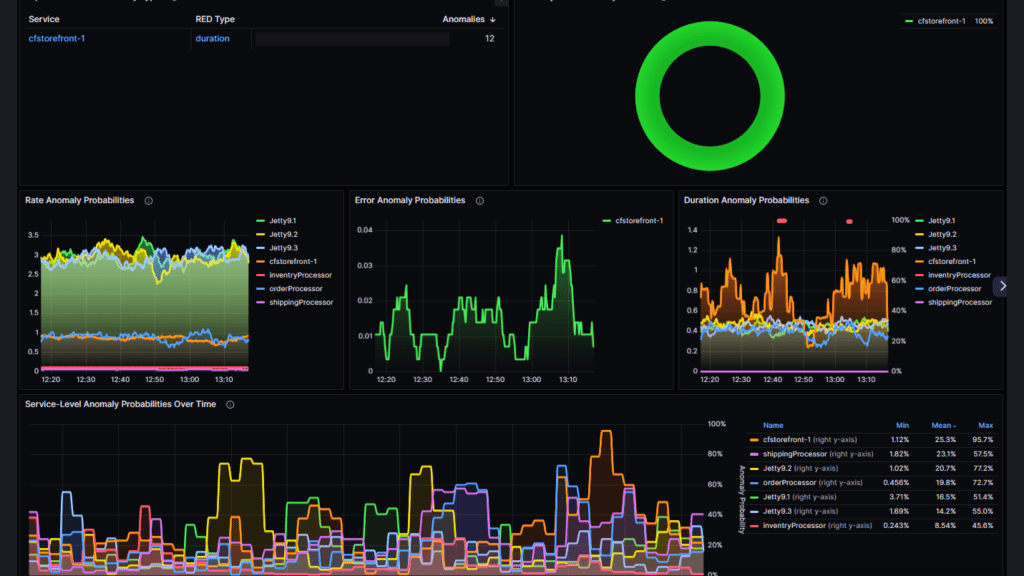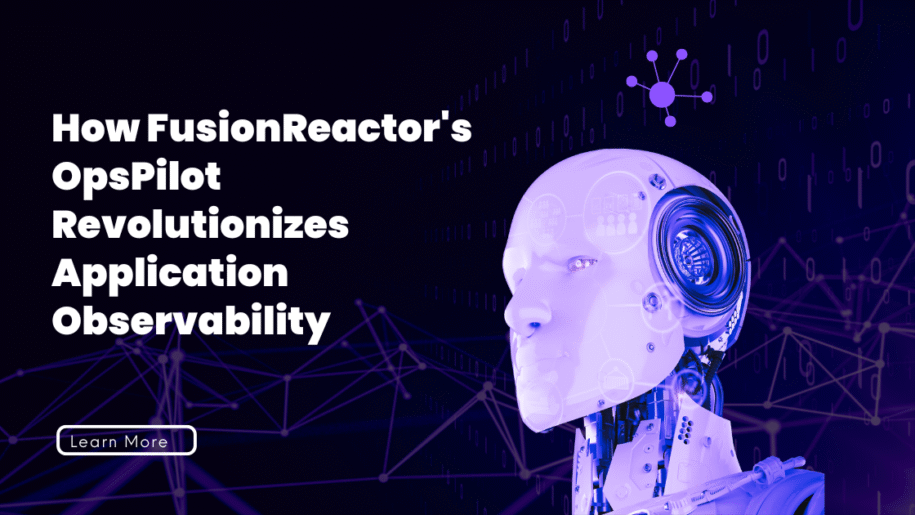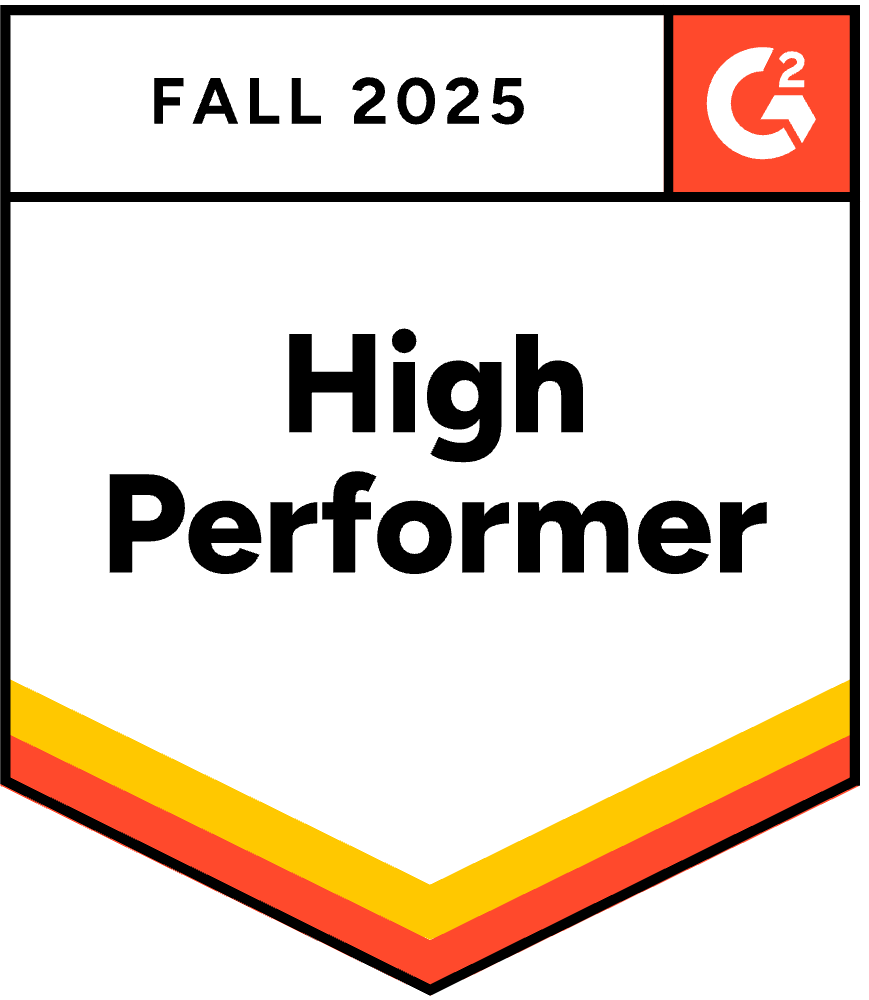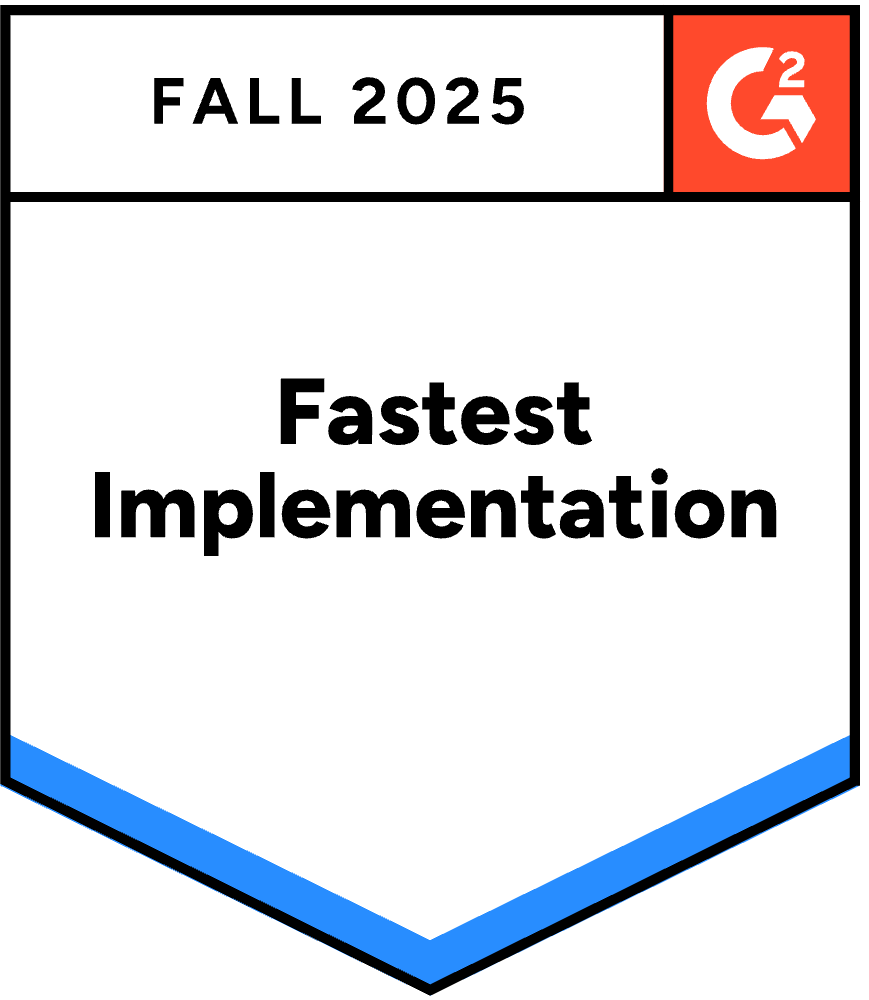In a world of constant change, the AI that learns from the present will shape the future of observability.
Modern application environments generate massive amounts of telemetry data across distributed systems. Traditional monitoring approaches that rely on static dashboards and predefined alerts can’t keep pace with this complexity. What’s needed is a new paradigm – one that can dynamically incorporate real-time data and provide contextual insights that truly matter to your business.
This is where Retrieval-Augmented Generation (RAG) 2.0 is transforming the landscape, and FusionReactor’s OpsPilot is at the forefront of applying these techniques to application observability.
From Static to Dynamic: The RAG Evolution
Traditional RAG relies on static datasets, which can quickly become outdated in dynamic environments. Real-time RAG addresses this limitation by integrating live data, ensuring responses reflect the latest developments.
In a world where information moves at lightning speed, outdated data can lead to missed opportunities or even critical errors. Real-time RAG ensures AI stays in sync with the latest developments, whether tracking a sudden market crash or summarizing a developing news story. It’s not just about being current – it’s about being reliable in high-stakes environments where decisions depend on the latest facts.
This distinction between static and dynamic data is crucial for understanding the evolution of observability platforms:
Static Data is like a carefully curated collection of information – a company’s employee handbook, a database of product manuals, or a frozen snapshot of system documentation. These datasets are valuable for stable knowledge but fall short when systems change rapidly. Static monitoring is like trying to navigate a storm with an outdated weather report – reliable for what it knows, but blind to what’s happening now.
Dynamic Data is the lifeblood of real-time RAG and modern observability. It’s like having a direct line to your system’s pulse, pulling in the latest metrics, logs, and traces as they’re generated. This approach ensures your monitoring isn’t just smart – it’s current, ready to answer questions with information that’s as fresh as the last transaction or error.
The Orchestration Engine: Graph-Based Architecture
What makes real-time RAG powerful for observability is the orchestration engine behind it. Modern systems like FusionReactor’s OpsPilot use a graph-based architecture similar to LangGraph to organize and process data flows.
This architecture is designed to make AI systems modular, reactive, and easy to manage. Think of it as a digital project manager who never sleeps, coordinating tasks like fetching fresh metrics, transforming them into searchable data, and feeding them to an AI model to answer your questions.
Its graph-based structure means you can break down a messy process like diagnosing a production issue into clear, reusable steps. Each node knows its role, and the edges ensure data flows seamlessly, like passing a baton in a relay race. This setup is perfect for real-time observability because it thrives in dynamic environments, where new data needs to be incorporated instantly without derailing the whole system.
Dynamic Retrieval: The Heart of Modern Observability
The most powerful aspect of applying RAG 2.0 concepts to observability is how it transforms raw telemetry data into a dynamic, searchable knowledge base.
In OpsPilot’s implementation, the system ingests telemetry data (metrics, logs, and traces) and turns them into vector embeddings that can be efficiently searched based on semantic meaning. This enables similarity searches that go beyond simple keyword matching – a query about “payment processing slowdown” can find relevant incidents even if those exact words aren’t present in the logs.
The process works through several key components:
Embedding Document Generation
Telemetry data and contextual information are converted into vectors using embedding models, which map text to a high-dimensional space based on semantic meaning. These vectors enable similarity searches across your entire observability dataset.
Knowledge Base Integration
The OpsPilot Hub serves as a central repository that combines:
- Infrastructure documentation
- Service catalogs
- Incident history
- Release notes
- Known issues
- Technical process guides
This knowledge is vectorized alongside your telemetry data, creating a unified search space that bridges the gap between what’s happening and what’s known about your systems.
Vector Search Optimization
To make this retrieval instantaneous, OpsPilot uses techniques similar to FAISS (Facebook AI Similarity Search), a high-performance library for searching large sets of vector embeddings.
It uses optimized algorithms to perform similarity searches in milliseconds, even with millions of vectors. For a query like “database connection issues,” the system can return the top-5 relevant incidents, logs, and documentation in ~0.1 seconds by comparing the query vector to the index.
Solving the Latency Challenge
In the world of real-time observability, latency is the enemy. Users expect instant answers whether they’re asking about breaking news or system performance issues – even a second’s delay can feel like forever.
The RAG pipeline, which involves processing telemetry data, embedding it into vectors, retrieving relevant documents, and generating responses, can get bogged down by heavy computations or sequential tasks. To keep things snappy, FusionReactor employs several optimization techniques:
Pre-Embedding Common Patterns
Embedding documents is computationally expensive. By pre-embedding common error patterns, log formats, and known issues during ingestion, rather than at query time, the system moves this cost upfront, so retrieval nodes only need to search an existing index.
Parallelization
Tasks like data ingestion, embedding, and querying run concurrently across multiple processors to avoid sequential bottlenecks. This distributed approach can dramatically reduce total processing time compared to sequential operations.
Caching
Caching stores frequently accessed documents, embeddings, or query results in memory to skip redundant computations. For example, popular queries like “latest API errors” can reuse recent results if the data hasn’t changed, cutting latency to near-zero.
Asynchronous Execution
Asynchronous capabilities allow processing nodes to run concurrently without blocking, ideal for I/O-bound tasks like retrieving logs or metrics from different sources. This ensures tasks don’t wait for each other, reducing total pipeline latency.
These optimizations can reduce end-to-end latency from several seconds to under 500ms, which is critical for real-time observability, where engineers need immediate insights.
Real-World Applications of RAG in Observability
Let’s explore how these RAG concepts transform real-world observability challenges:
Natural Language Incident Investigation
Instead of crafting complex queries in proprietary query languages, engineers can ask questions in plain English:
“What caused the payment service to slow down yesterday at 3pm?”
The system retrieves:
- Relevant logs and metrics from the time period
- Similar past incidents from the knowledge base
- Recent deployments that might have affected the service
- Documentation about the payment service architecture
It then synthesizes this information into a comprehensive answer that explains not just what happened, but likely causes and potential solutions.
Contextual Anomaly Detection
Modern anomaly detection goes beyond simple thresholds. Using RAG principles, the system can:
- Detect unusual patterns across multiple telemetry signals
- Retrieve context about what’s “normal” for this specific service or time period
- Incorporate information about scheduled maintenance, expected traffic patterns, or recent changes
- Provide an explanation of why this behavior is anomalous and what might be causing it
This approach dramatically reduces false positives while providing actionable context when real issues occur.
Dynamic System Documentation
As systems evolve, documentation often becomes outdated. A RAG-based approach can:
- Automatically identify discrepancies between documented behavior and actual system performance
- Surface relevant documentation when engineers are troubleshooting related issues
- Suggest updates to the documentation based on observed system behavior
- Provide a unified view of formal documentation and operational knowledge
This ensures tribal knowledge becomes accessible to the entire organization through the observability platform.

FusionReactor’s Implementation: OpsPilot
FusionReactor’s OpsPilot applies these RAG 2.0 concepts through several integrated components:
OpsPilot Assistant
OpsPilot Assistant leverages generative AI to provide helpful insights into application performance. It’s designed to elevate observability for every team member, transcending the boundaries of engineering to build a comprehensive context around your systems.
By integrating large language models with a comprehensive telemetry data platform, OpsPilot becomes an AI companion that understands your system and its operations. It simplifies the understanding of stack complexity, aids in resolving service disruptions, and boosts productivity through natural language interaction.
OpsPilot Hub
The OpsPilot Hub is the central knowledge repository, bridging the gap between static documentation and dynamic telemetry. It serves as both the AI Assistant’s knowledge base and your integration control center for tools like Jira, Slack, and Microsoft Teams.
The Hub’s knowledge base empowers the AI to provide accurate, context-aware solutions by combining organizational information with integrated service data. This centralization allows OpsPilot to access relevant data and perform actions across your toolchain quickly.
Integration with Telemetry Data
OpsPilot seamlessly connects with FusionReactor’s comprehensive telemetry platform, which collects:
- Metrics from application and infrastructure components
- Logs from various sources (application logs, error logs, system logs)
- Distributed traces that show request flows across services
- Snapshots of the system state during incidents
When combined with the knowledge base through RAG techniques, this rich telemetry data becomes the foundation for real-time insights.
Future Directions: Where RAG and Observability Converge
As both RAG technology and observability platforms continue to evolve, we can expect several exciting developments:
Predictive Operations
By combining historical incident data with real-time telemetry, systems will increasingly predict issues before they occur. This shift from reactive to proactive operations will fundamentally change how engineering teams work.
Automated Remediation
As RAG systems gain a better understanding of system behavior and common solutions, they’ll increasingly be able to suggest or even implement automated fixes for routine issues, freeing engineers to focus on more complex problems.
Continuous Learning
Modern observability platforms will build feedback loops that learn from each incident, automatically expanding their knowledge bases and improving their ability to diagnose similar issues in the future.
Cross-Team Knowledge Sharing
RAG-powered observability will break down silos between teams by making specialized knowledge available across the organization, ensuring consistent troubleshooting approaches and reducing dependency on specific individuals.
Conclusion: The Transformative Power of RAG in Observability
Applying RAG 2.0 concepts to observability represents a fundamental shift in understanding and troubleshooting complex systems. By combining the power of large language models with rich telemetry data and organizational knowledge, platforms like FusionReactor’s OpsPilot create more intuitive, contextual, and actionable observability experiences.
This approach transforms observability from a technical tool to a business intelligence platform that helps organizations:
- Identify issues before they impact users
- Reduce mean time to resolution from hours to minutes
- Preserve and democratize institutional knowledge
- Make data-driven decisions with confidence
As systems grow in complexity, RAG-powered observability isn’t just a nice-to-have – it’s becoming essential for maintaining the performance, reliability, and security that modern businesses demand.










